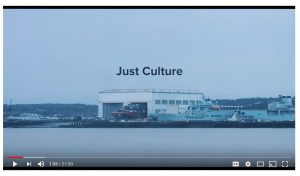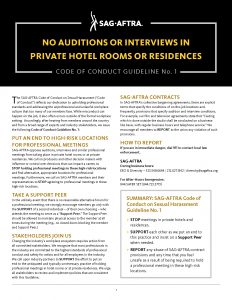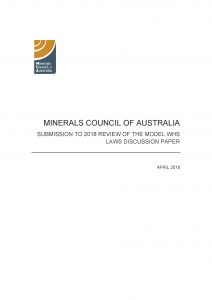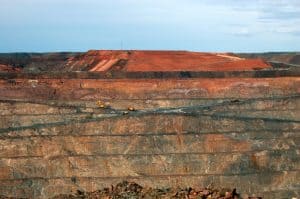In my readings on Industrial Manslaughter, a reader recommended a book to help me understand how the world works. I haven’t found the time to read it through because I get angry and/or depressed, but I wanted to share a suggestion that may help clarify our occupational health and safety (OHS) obligations and provide a reconsideration of the employer’s duty of care.
In “Why Not Jail? – Industrial Catastrophes, Corporate Malfeasance, and Government Inaction“, Rena Steinzor summarised some work by David Luban and others in a research paper called “Moral Responsibility in the Age of Bureaucracy“. Steinzor outlines five managerial duties:


 I was born outside Liverpool England well over 50 years ago and have lived on the other side of the world ever since. I love hearing accents from Northern England as it reminds me of my relatives, my roots and, most of all, my Mother. This meant that I had to watch
I was born outside Liverpool England well over 50 years ago and have lived on the other side of the world ever since. I love hearing accents from Northern England as it reminds me of my relatives, my roots and, most of all, my Mother. This meant that I had to watch 
 The
The 
